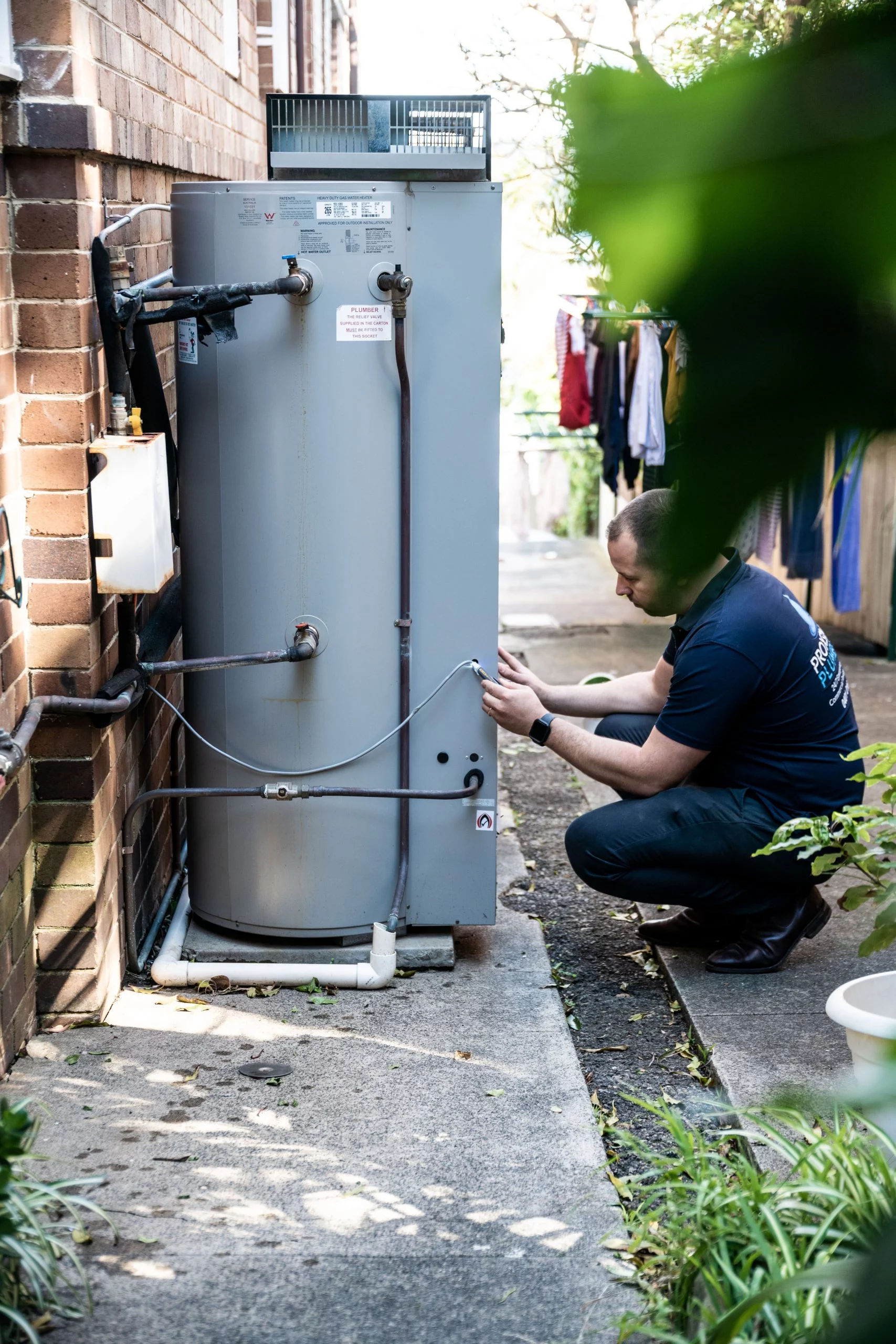Key Tips on Caring for Your Home's Hot Water System
Key Tips on Caring for Your Home's Hot Water System
Blog Article
The article following next about Water Heater Maintenance Tips You Can't Afford to Forget is incredibly entertaining. Don't overlook it.

Warm water is essential for day-to-day comfort, whether it's for a revitalizing shower or washing meals. To guarantee your warm water system runs efficiently and lasts much longer, routine maintenance is essential. This article provides practical suggestions and insights on exactly how to preserve your home's warm water system to avoid disruptions and pricey repair work.
Introduction
Preserving your home's warm water system could seem challenging, however with a few straightforward actions, you can ensure it runs efficiently for several years to find. This guide covers whatever from comprehending your warm water system to DIY upkeep tips and recognizing when to call in specialist aid.
Value of Maintaining Your Hot Water System
Regular maintenance not just prolongs the life-span of your hot water system yet also guarantees it runs effectively. Overlooking maintenance can result in decreased effectiveness, higher power expenses, and also early failure of the system.
Indicators Your Hot Water System Demands Maintenance
Understanding when your hot water system needs interest can stop major issues. Keep an eye out for indications such as irregular water temperature level, weird noises from the heater, or rusty water.
Understanding Your Hot Water System
Before diving into maintenance tasks, it's handy to understand the fundamental components of your warm water system. Typically, this includes the hot water heater itself, pipelines, anode rods, and temperature controls.
Month-to-month Maintenance Tasks
Normal month-to-month checks can aid catch minor concerns before they intensify.
Purging the Water Heater
Purging your water heater gets rid of sediment accumulation, boosting efficiency and prolonging its life.
Checking and Changing Anode Rods
Anode poles stop deterioration inside the tank. Checking and changing them when worn out is essential.
Evaluating and Changing Temperature Level Settings
Changing the temperature settings ensures optimal efficiency and security.
DIY Tips for Upkeep
You can carry out a number of maintenance tasks yourself to maintain your warm water system in top condition.
Looking for Leakages
Frequently examine pipes and links for leakages, as these can lead to water damages and greater bills.
Checking Pressure Alleviation Valves
Evaluating the pressure safety valve ensures it works properly and protects against too much pressure build-up.
Shielding Pipelines
Shielding warm water pipes reduces warmth loss and can save power.
When to Call a Professional
While DIY upkeep is beneficial, some issues require expert proficiency.
Facility Issues Needing Expert Help
Instances consist of major leakages, electric problems, or if your hot water heater is regularly underperforming.
Routine Specialist Maintenance Advantages
Professional maintenance can consist of comprehensive evaluations, tune-ups, and making sure conformity with security standards.
Final thought
Normal maintenance of your home's warm water system is crucial for effectiveness, long life, and expense financial savings. By following these suggestions and knowing when to look for expert assistance, you can make certain a trusted supply of warm water without unanticipated disturbances.
How to Maintain an Instant Hot Water Heater
Before tinkering with your hot water heater, make sure that it’s not powered on. You also have to turn off the main circuit breaker and shut off the main gas line to prevent accidents. Also turn off the water valves connected to your unit to prevent water from flowing into and out of the appliance. 2. When you’re done, you have to detach the purge valves’ caps. These look like the letter “T†and are situated on either side of the water valves. Doing so will release any pressure that has accumulated inside the valves while at the same time avoid hot water from shooting out and burning your skin. 3. When the purge valves’ caps are removed, you have to connect your hosing lines to the valves. Your unit should have come with three hoses but if it didn’t, you can purchase these things from any hardware or home repair shops. You can also get them from retail stores that sell water heating systems. Read the user’s manual and follow it to complete this task properly. When the hosing lines are connected, open the purge port’s valves. 4. You should never use harsh chemical cleaners or solutions when cleaning your unit. Make use of white vinegar instead. It should be undiluted and you’ll probably use about 2 gallons. 5. Now flush your water heater. This task should probably take about 40 minutes. We can’t give you specific directions for this because the procedure is carried out depending on the type, model and brand of your heater. With that being said, refer to the user’s manual. 6. When you’re done draining the unit, you have to turn off the purge port valves again. Remove the hosing lines that you earlier installed on each of the water valves. Put the valve caps (purge port) back in their respective places and be very careful so as not to damage the rubber discs that are found inside these caps. 7. Now that everything’s back in place, check your user’s manual again to find out how to reactivate your water heating system. 8. Once it is working, turn one of your hot water faucets on just to let air pass through the heater’s water supply pipes. Leave the tap on until water flows smoothly out of it. https://www.orrplumbing.com/blog/2014/september/how-to-maintain-an-instant-hot-water-heater/

I have been very fascinated by How to Maintain a Hot Water Heater in a Few Simple Steps and I hope you appreciated the new blog post. Sharing is caring. Helping others is fun. I appreciate reading our article about How to Maintain a Hot Water Heater in a Few Simple Steps.
Top Article Report this page